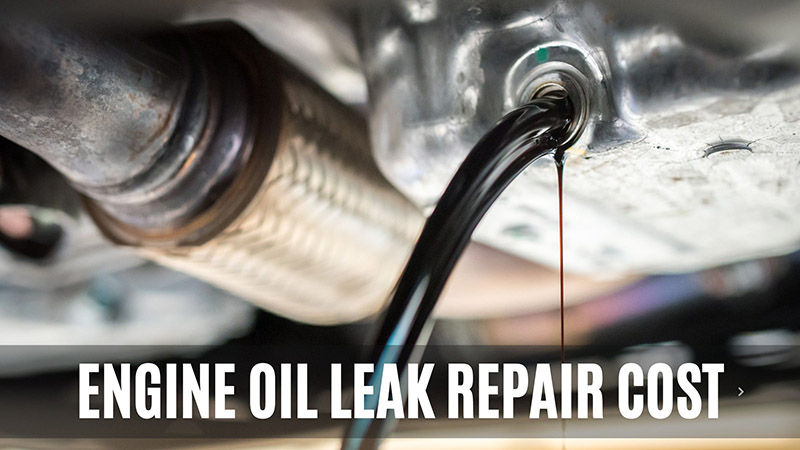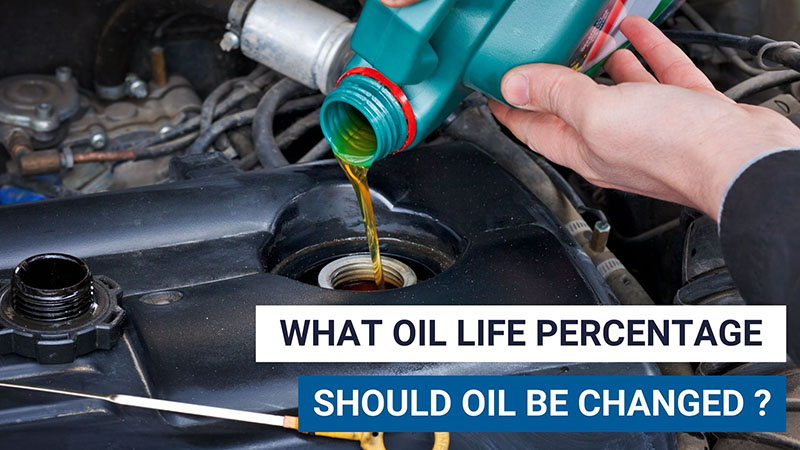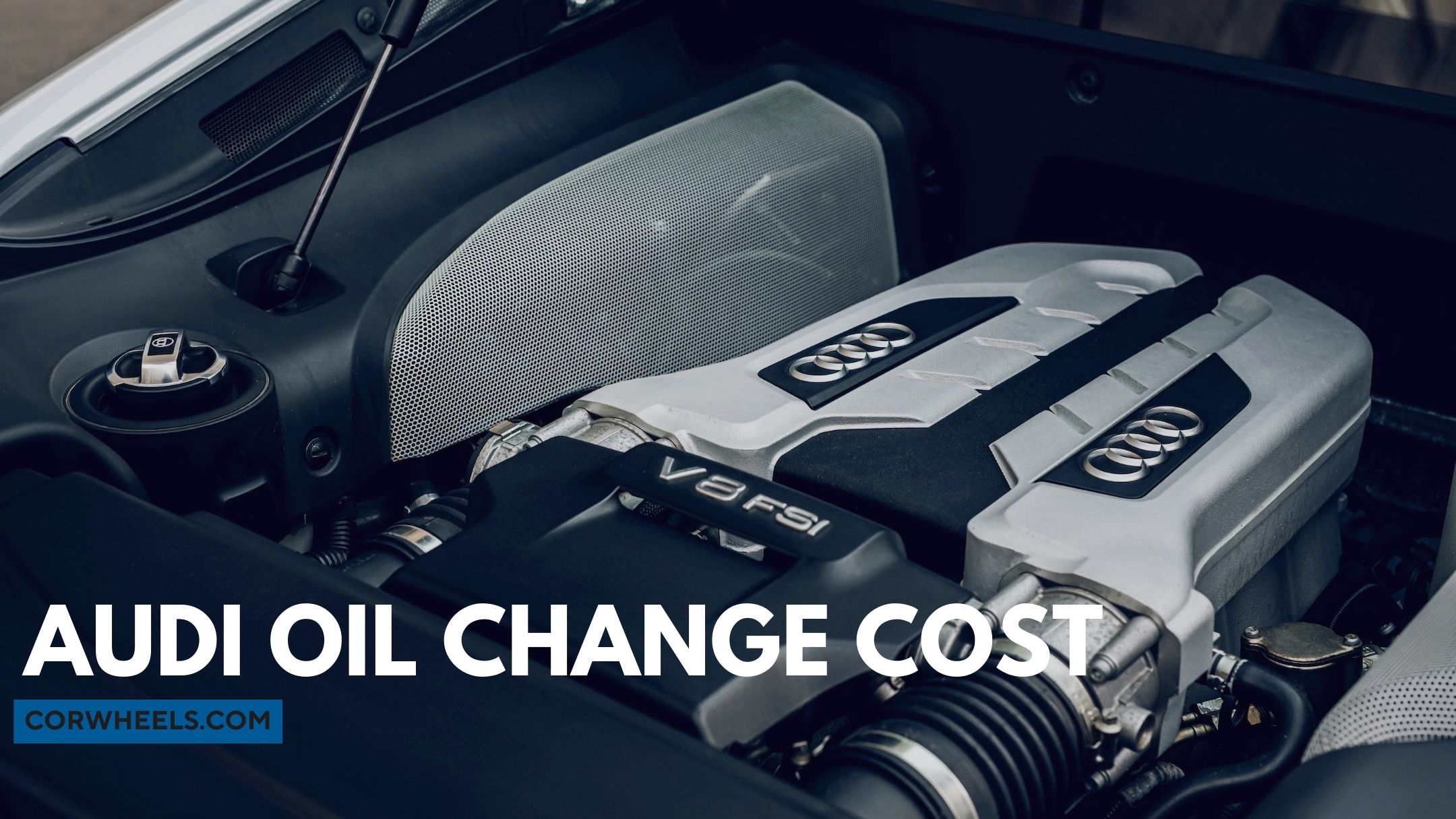Oil tops and changes are an irreplaceable part of every car maintenance – that is to be expected even for extremely old vehicle models.
Yet, how often to change oil is another different aspect, which still prompts heated debates and discussions.
I am glad to contribute to this ongoing discourse by offering some tips learned from experts and my own experience. Keep scrolling for more.
In this article:
How Often Do You Need An Oil Change?
The general oil change interval is about 5000 to 7000 miles. However, please note that not every vehicle manufacturer is similar; each has different benchmarks.

1. For Older Cars
Most old cars recommend mileage intervals for two types of upkeep schedules. One is for vehicles driven in “standard/normal” operations; the other is tailored for cars under “severe service,” particularly one of the conditions below:
- Extreme weather (dusty, cold, or hot climates)
- Sustained driving
- Heavy loads/ heavy towing
If your car is subjected to at least one of these three, refer to the “severe service” schedule in your user manual. Meanwhile, for vehicles that operate normally, sticking to the standard recommendations is enough.
2. For Newer Cars
Some new, modern models arrive with oil monitoring systems to determine how many miles between oil changes and send drivers corresponding automatic alerts.
While earlier models are simple mileage-based, the most recent technologies have been so advanced that they even analyze operating conditions to pinpoint when your oil starts degrading.
That’s why the instruction manuals for these cars do not even mention “severe service” schedules; the oil monitor system has already taken care of everything.
And once the oils are changed, technicians will reset your oil system; you can also do it on your own by following the manual’s guidelines.
3. Out of Warranty
If your car has already been out of warranty – and there are no oil monitor systems to rely on – you must pay more attention to your car than ever to make educated guesses. Change the oil every 5000 miles or shorter if:
- You frequently embark on long trips in freezing climates
- You drive at extremely low speed for a long distance
- Your car travels to gravel, sandy, salty, muddy, or dusty roads on a frequent basis
How to Check The Oil Level?
Aside from keeping track of mileage and driving conditions, you can also take a more active role through regular oil checks at least every two weeks.
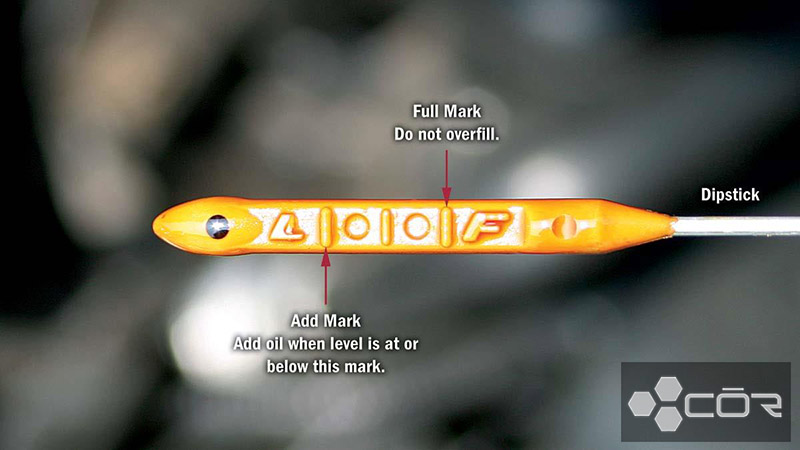
Step One. Prepare
Before starting, ensure your car is safely parked on a flat surface, with its engine off, transmission switched to Park, and parking brakes on.
Once done, lift its hood with the hood-unlocking lever under the car’s instrument panel. A security catch lies under the hood’s front edge; unlatch it before raising the hood.
Step Two. Spot The Dipstick
You should have no trouble finding the dipstick; the device is easily recognizable with its yellow, small handle, topped with an oil symbol.
Step Three. Put Out The Dipstick
Pull the dipstick fully off its housing tube.
Next, use a paper towel to wipe off excess oil at the dipstick’s end. The two main lines are revealed: the lower one (indicating the lowest oil level required) and the upper one (denoting a full oil tank).
Some car dipsticks even have detailed-wording captions along the lines, such as “add” or “full”; check whether your car has any.
Step Four. Read The Oil Level
Push the dipstick slowly into its tube and thrust it all through. After a few seconds, withdraw the stick to look more closely at its tip:
- If the oil level is in between the lower and upper lines/the dipstick looks clean: you have nothing to worry about.
- If the oil level is at or below the lower line/ the dipstick looks dark and stained: time for some oil tops!
Other Signs You Need An Oil Change
There will be times when your dipstick fails to work; while waiting for it to get replaced, check the oil levels by observing the following signals:
1. Oil Change or Check Engine Light
The check engine light would illuminate whenever the system suffered from a lack of oil, prompting me to treat the problems immediately at an auto shop. Ignoring the issue for too long might destroy the engine due to substandard lubrication.
2. Engine Knocking and Engine Noise
The oil provides protective layers between different engine parts to prevent metal clashing, which keeps your engine noiseless throughout the rest of the trip.
Once the oil fails to do its job right, engine noise will be inevitable. Sometimes, I even spot rumbling or knocking sounds, which indicate the engine is torn apart.
3. Oil Smell From The Car’s Inside
The smell of oil inside your car often alludes to severe oil leaks. Meanwhile, exhaust or gas fumes imply overheating issues. In either scenario, you have to schedule an immediate maintenance appointment.
4. Exhaust Smoke
Translucent vapor coming off the tailpipe is normal and nothing to worry about. It’s a different story if it changed into smoke; oil leaks or broken engine parts were likely the culprit. It’s time to enroll your car for a quick check-up soon.
Will Oil Go Bad If Sitting In The Engine Unused?
Yes. Like any solution product, oil has an expiration date. Plus, the fact that you do not use the oil does not stop the dirt and grime from invading. Without proper combustion processes, the contaminants lie forever at the tank’s bottom, eventually corroding other compartments as well.
That’s why you should always remind yourself not to let the oil go to waste, especially during the storage season. Bring it to the gas station for a quick oil change before putting it away for the winter months. That way, the engine stays lubricated, ready to run when springs come around again.
What Will Happen If You Never Change Your Oil?
For those who want to put off their oil change frequency, don’t do it. You will not like all the disasters that follow.
Engine oil is subjected to constant contaminants, such as carbon deposits, metal particles, and dirt. No regular oil changes mean they will accumulate to form huge sludges, causing engine blockages and reduced oil flow.
As the engine friction increases, your car will suffer from decreased horsepower, bad fuel economy, and an overall horrible driving experience.
How Much Does It Cost to Change Oil? Price Comparison
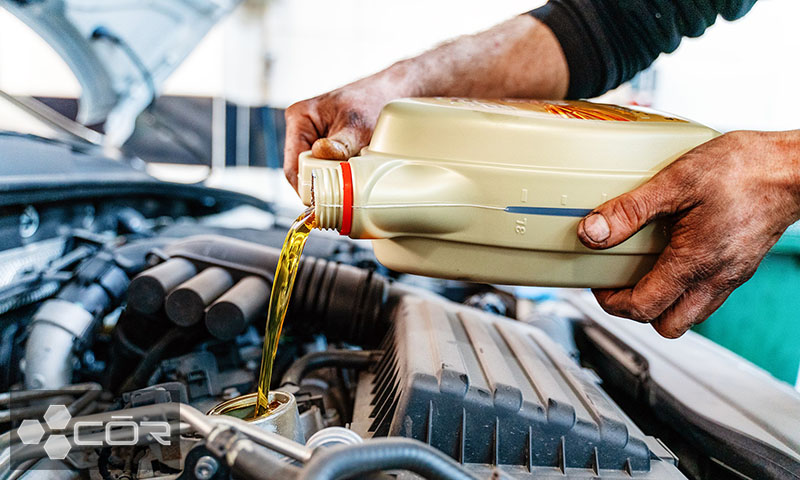
The average price is about $20 to $100. I sometimes do it at home to save the cost, which cuts the money spent to only $30-$45.
Still, if DIY oil changes are not your jam, I have compiled a list of popular services I used to drop by. Compare their price ranges to choose on that suits you best:
| Brand | Price range |
| Express Oil Change | $44.99 – $76.99 |
| Firestone | $29.99 – $69.99 |
| Goodyear | $30.99 – $95.99 |
| Jiffy Lube | $49.99 – $109.99 |
| Meineke | $34.95 – $69.95 |
| Midas | $29.99 – $69.99 |
| Pep Boys | $34.99 – $99.99 |
| SpeeDee | $29.99 – $89.99 |
| Take 5 Oil Change | $49.99 – $79.99 |
| Valvoline | $39.99 – $89.99 |
| Walmart | $24.88 – $54.88 |
Conclusion
Keeping track of the oil change schedule and symptoms of bad oils (if any) is the most efficient way to keep your car in good shape. If you still struggle with anything, remember I’m always here for more consultation.



